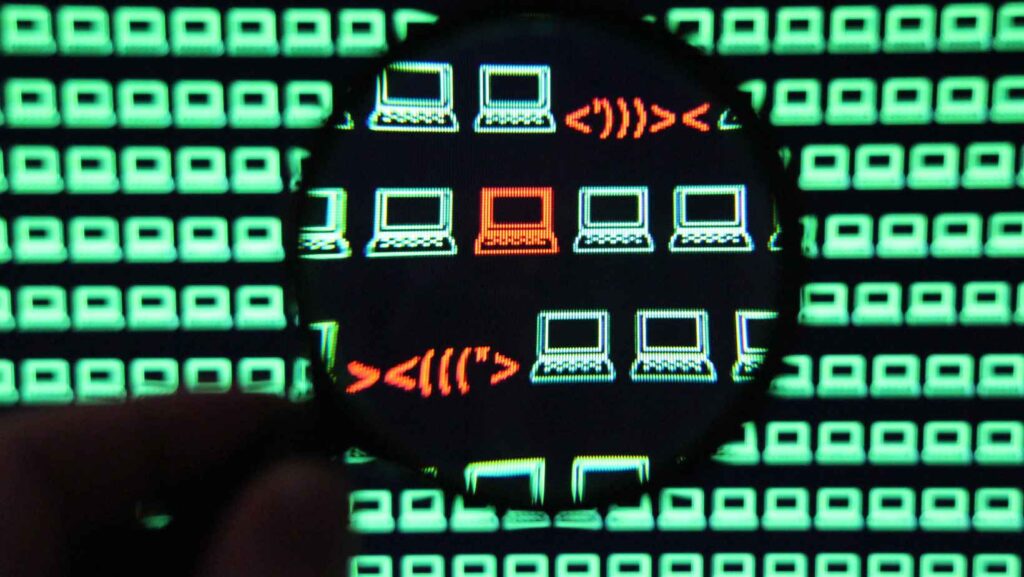Phishing emails are a common cyber threat that can lead to significant financial and data loss for individuals and businesses. Phishing emails are designed to look like legitimate emails, but they aim to trick recipients into divulging sensitive information or downloading malicious software. In this article, we’ll discuss how to spot phishing emails and what cybersecurity services you can take to protect yourself.
What Are Phishing Emails?
Phishing emails are fraudulent emails that appear to come from a legitimate source, such as a bank or other financial institution, social media platform, or even a friend or colleague.
The goal of a phishing email is to trick the recipient into providing sensitive information, such as login credentials or financial information, or to download malicious software that can infect their device.
How to Spot Phishing Emails?
Here are some common characteristics of phishing emails to watch out for:

- Suspicious sender email address. Check the sender’s email address carefully. Phishing emails often use email addresses that look similar to legitimate ones but contain subtle variations or misspellings.
- Urgent or threatening language. Phishing emails often use language that creates a sense of urgency or fear. For example, they may claim that there has been a security breach or that the recipient’s account has been compromised.
- Requests for sensitive information. Phishing emails often request sensitive information, such as login credentials or financial information. Legitimate companies and organizations will never ask for this information via email.
- Poor grammar and spelling. Phishing emails often contain poor grammar and spelling mistakes. This is because many phishing emails originate from countries where English is not the primary language.
- Suspicious attachments or links. Phishing emails may contain suspicious attachments or links. Hover over links to see if they lead to legitimate websites or if they are redirected to a different site.
How to Protect Yourself From Phishing Emails
Here are some cyber security measures you can take to protect yourself from phishing emails:
- Install anti-virus and anti-malware software: Anti-virus and anti-malware software can help detect and remove malicious software that may be installed via phishing emails.
- Use two-factor authentication: Two-factor authentication adds an extra layer of security to your accounts, making it more difficult for hackers to gain access.
- Educate yourself and your employees: Education is key to preventing phishing attacks. Train yourself and your employees on how to recognize and avoid phishing emails.
- Don’t click on suspicious links or download suspicious attachments. If you receive an email with a suspicious link or attachment, don’t click on it. Instead, delete the email or report it to your IT department.
Conclusion
Phishing emails are a common cyber threat that can lead to significant financial and data loss. By being vigilant and knowing how to spot phishing emails, you can protect yourself and your business from these types of attacks.
Implementing cybersecurity measures such as anti-virus and anti-malware software, two-factor authentication, and employee education can also help minimize the risk of falling victim to a phishing attack.
Read More: How To Become A Hacker Guide For Beginners










